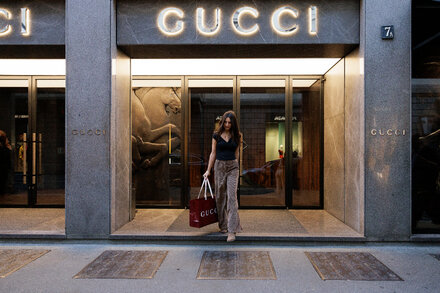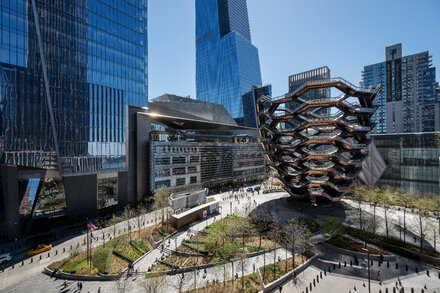
The fashion industry frequently grapples with the question of how much influence a creative director truly wields over consumer purchasing decisions. While star designers often garner significant media attention, the extent to which their individual vision translates into direct sales and sustained brand loyalty among shoppers remains a subject of ongoing debate.
Historically, the appointment of a new creative director has been a pivotal moment for luxury houses, often signaling a new aesthetic direction and a renewed effort to capture market share. Figures like Karl Lagerfeld at Chanel or Tom Ford at Gucci became synonymous with the brands they helmed, driving immense commercial success and shaping industry trends. Their personal brands frequently became intertwined with the identity of the fashion house.
Brand Loyalty vs. Designer Devotion
For many consumers, the appeal of a luxury brand lies in its heritage, craftsmanship, and established aesthetic, rather than the specific individual behind its current collections. These shoppers might be drawn to the timelessness of a brand’s classics or its perceived status, regardless of who is designing the seasonal offerings. Loyalty, in this segment, is often directed towards the brand itself.
Conversely, a segment of the market, particularly discerning fashion enthusiasts and trendsetters, pays close attention to designer movements. They may follow a specific designer’s career across different labels, appreciating their signature style, innovative approach, or ability to redefine an aesthetic. For these shoppers, a designer’s departure or arrival at a brand can be a significant factor in their interest and willingness to purchase.
The Impact of Hype and Media
The era of social media has amplified the discourse around creative directors. Designer appointments and debuts are often met with intense speculation, celebrity endorsements, and widespread coverage, generating significant ‘hype.’ This buzz can undeniably translate into increased foot traffic, online engagement, and initial sales spikes for new collections. The narrative around a designer’s vision and how it revitalizes or reinvents a brand can become a powerful marketing tool.
However, the long-term impact of this designer-driven hype can vary. While some designers successfully imbue a brand with a fresh, commercially viable identity that resonates broadly, others may find their vision less appealing to the core customer base or struggle to maintain momentum beyond the initial excitement. The ultimate success often hinges on the delicate balance between innovation, brand heritage, and commercial appeal.
Diverse Consumer Motivations
Ultimately, shopper motivations are diverse. Some consumers prioritize a brand’s ethical stance, sustainability practices, or perceived quality. Others are driven by price point, trend adherence, or the desire for unique, statement pieces. While the creative director undoubtedly plays a crucial role in shaping a brand’s aesthetic direction and public image, the decision to purchase is a multi-faceted one, influenced by a complex interplay of factors where the designer’s name is just one, albeit significant, component.
Source: Read the original article here.





